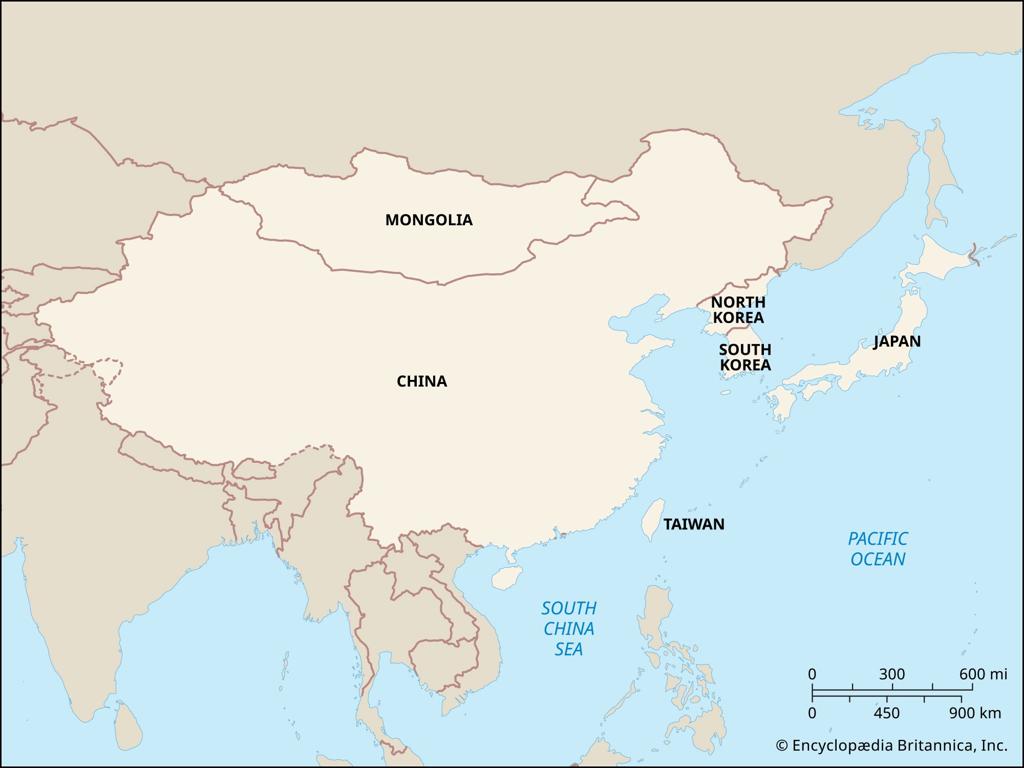International Organizations
Subject: Social studies
Grade: Sixth grade
Topic: Government
Please LOG IN to download the presentation. Access is available to registered users only.
View More Content
Welcome to International Organizations!
– Countries collaborating globally
– Defining International Organizations
– Entities where nations unite to pursue common goals
– The role of International Organizations
– They address global issues, facilitate cooperation
– Significance in world affairs
– Help maintain peace, promote economic growth
|
This slide introduces the concept of International Organizations and their role in global collaboration. It’s crucial for students to understand that these organizations are platforms where countries come together to work on common objectives, such as peacekeeping, health, and environmental protection. Examples include the United Nations, World Health Organization, and the World Bank. Discuss the importance of these entities in promoting international dialogue, cooperation, and addressing issues that affect multiple countries. Encourage students to think about how these organizations impact their daily lives and the world.
Types of International Organizations
– Intergovernmental Organizations
– E.g., United Nations (UN) involves multiple governments
– Nongovernmental Organizations
– E.g., Red Cross, operates independently of governments
– Multinational Corporations
– E.g., Coca-Cola, large companies operating in multiple countries
– Their roles in global affairs
|
This slide introduces students to the different types of international organizations and their roles in the world. Intergovernmental Organizations (IGOs) like the UN involve collaboration between governments to achieve common goals. Nongovernmental Organizations (NGOs), such as the Red Cross, are independent groups that work towards humanitarian and other causes. Multinational Corporations (MNCs) like Coca-Cola are large businesses that operate in multiple countries. Understanding these organizations helps students grasp how global cooperation and business work. Discuss examples of each type and their impacts on international relations, economy, and humanitarian efforts.
The Role of the United Nations
– Main aims of the UN
– To promote peace, security, and cooperation among countries.
– Maintaining international peace
– The UN sends peacekeepers to conflict zones to help prevent fighting.
– Addressing global health issues
– The UN works to combat diseases and improve healthcare worldwide.
– Focusing on education & environment
– The UN supports educational programs and environmental protection efforts.
|
The United Nations, commonly known as the UN, is an international organization founded in 1945. It has multiple objectives, but its primary aim is to promote peace and security around the world. The UN often sends peacekeepers to areas where conflict has occurred to help stabilize the region. In terms of global health, the UN, through agencies like the World Health Organization (WHO), plays a crucial role in fighting diseases and pandemics, ensuring that healthcare systems are improved and accessible. Additionally, the UN is actively involved in promoting education for all children and in addressing pressing environmental issues such as climate change and sustainability. Encourage students to think about how these efforts might impact their lives and the lives of people around the world.
The World Health Organization (WHO)
– WHO’s role in global health
– WHO aims to build a better, healthier future for people all over the world.
– Responding to health emergencies
– WHO coordinates international responses to health crises like epidemics.
– International cooperation in healthcare
– Collaboration among countries is crucial for tackling global health challenges.
– Impact of WHO on world health
– WHO’s work has contributed to eradicating diseases and improving life expectancy.
|
The World Health Organization is a specialized agency of the United Nations responsible for international public health. It was established on April 7, 1948, and is headquartered in Geneva, Switzerland. The WHO’s role in global health includes directing and coordinating health within the United Nations system. They respond to health emergencies by providing leadership, supporting countries to manage health crisis events, and ensuring that critical health information reaches those in need. International cooperation is vital for effective healthcare as diseases know no borders, and a health threat anywhere can be a threat everywhere. The WHO’s work in promoting vaccinations, sanitation, and education on health issues has significantly impacted reducing disease prevalence and improving global health outcomes. Encourage students to think about how health issues in one part of the world can affect everyone and the importance of working together to solve these problems.
The Role of Non-Governmental Organizations (NGOs)
– Distinction between NGOs and IGOs
– NGOs are independent, IGOs are government-run entities
– NGO activities examples
– Humanitarian aid, environmental protection, and education
– NGOs’ local impact
– Community projects, health services, and advocacy
– NGOs’ global influence
– Policy changes, international aid, and crisis response
|
This slide aims to explain the unique position of NGOs in the world of international organizations. Unlike Intergovernmental Organizations (IGOs), which are formed by agreements between governments, NGOs operate independently and can often be more flexible in their operations. Examples of NGO activities include providing disaster relief, promoting sustainability, and offering educational programs. Locally, NGOs might be involved in community-building projects or health campaigns, while globally, they can influence policy, provide international aid, and respond to crises. Encourage students to think about how these organizations can affect change both in their own communities and around the world.
Class Activity: Model United Nations
– Form groups, represent countries
– Choose a global issue for debate
– Issues like climate change, poverty, or human rights
– Present your country’s stance
– Propose solutions to the issue
– Think of realistic and creative solutions
|
This activity simulates a Model United Nations, where students will learn about diplomacy, international relations, and the function of the UN. Divide the class into groups and assign each a different country to represent. Each group will choose a current global issue to discuss, such as climate change, poverty, or human rights. They will research their assigned country’s position on the issue and work together to come up with potential solutions. Each group will then present their findings to the class. For the teacher: Prepare a list of countries and global issues beforehand. Ensure each group has access to research materials. Guide the students on how to present effectively and encourage respectful debate and discussion. Possible variations of the activity could include a mock UN voting session or writing a resolution.






